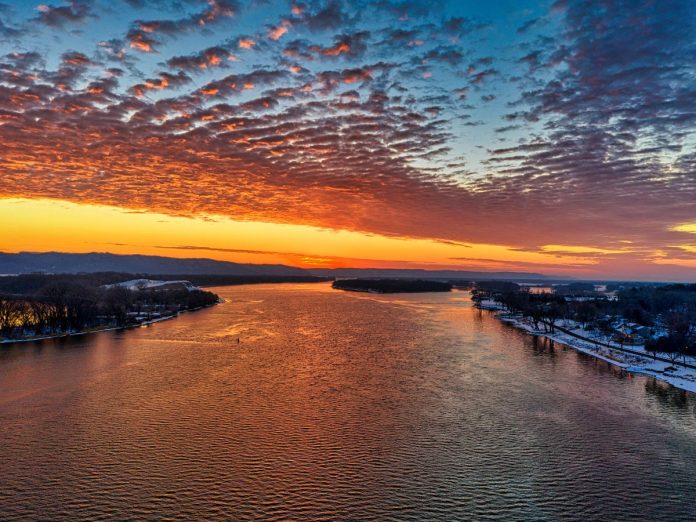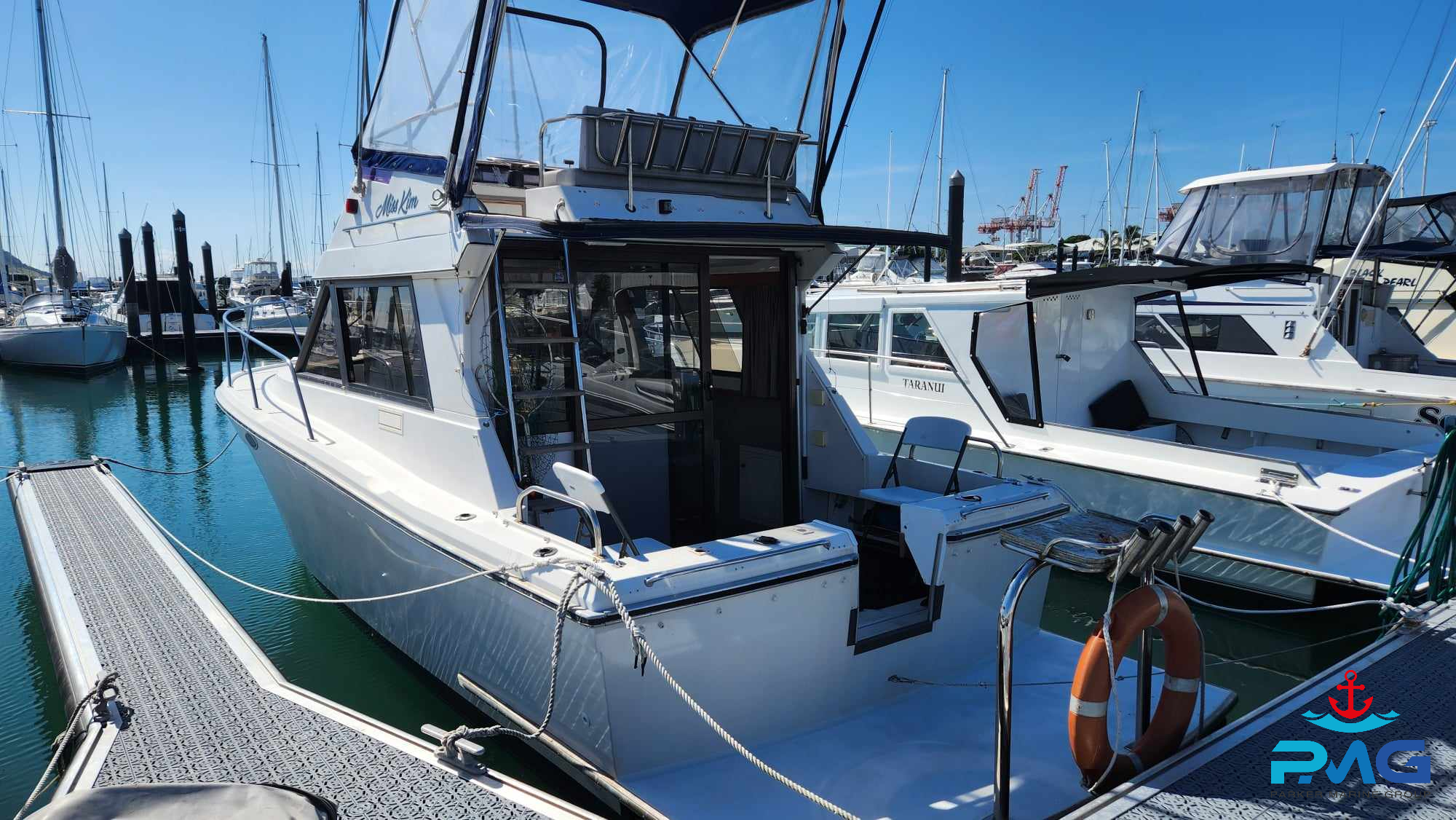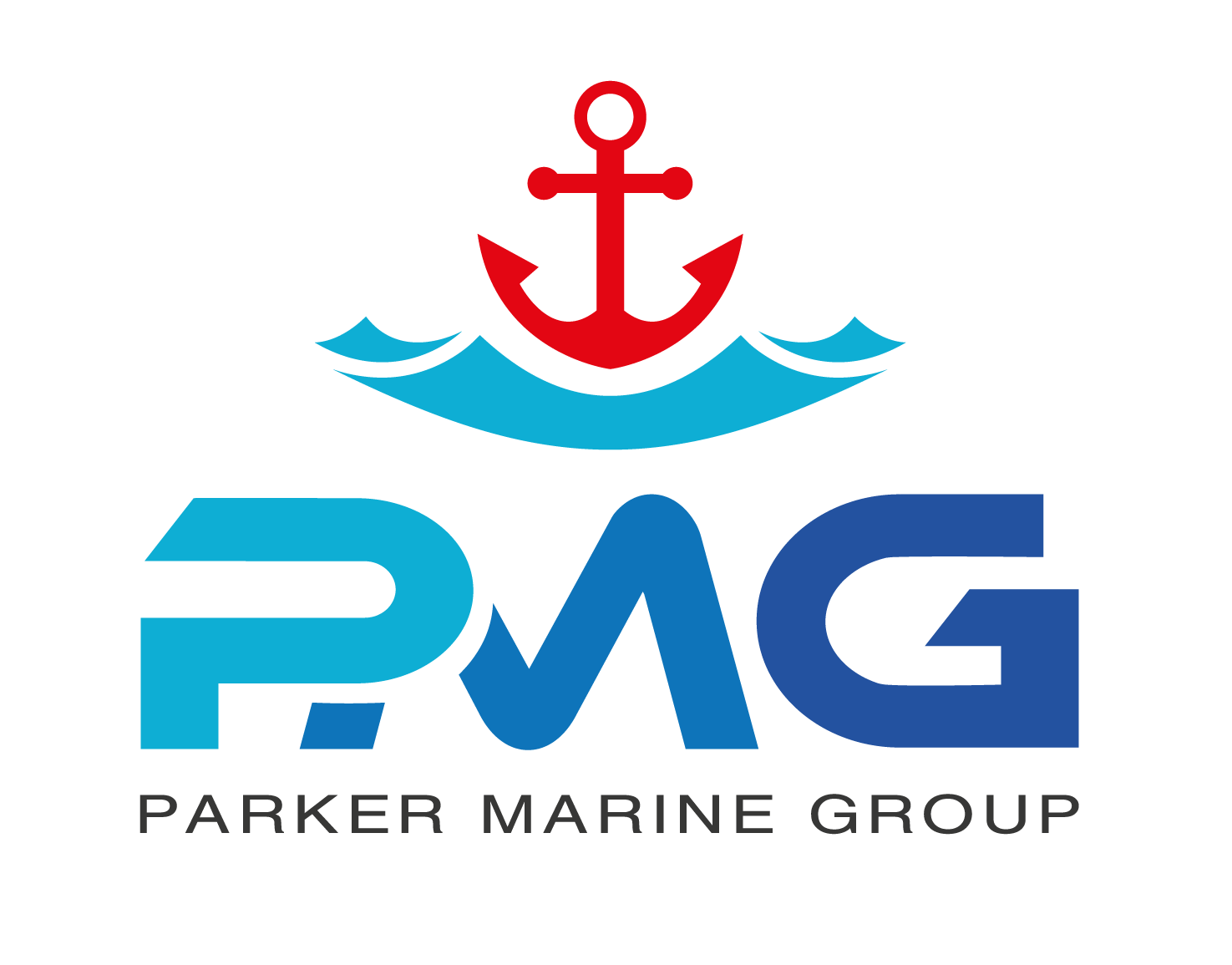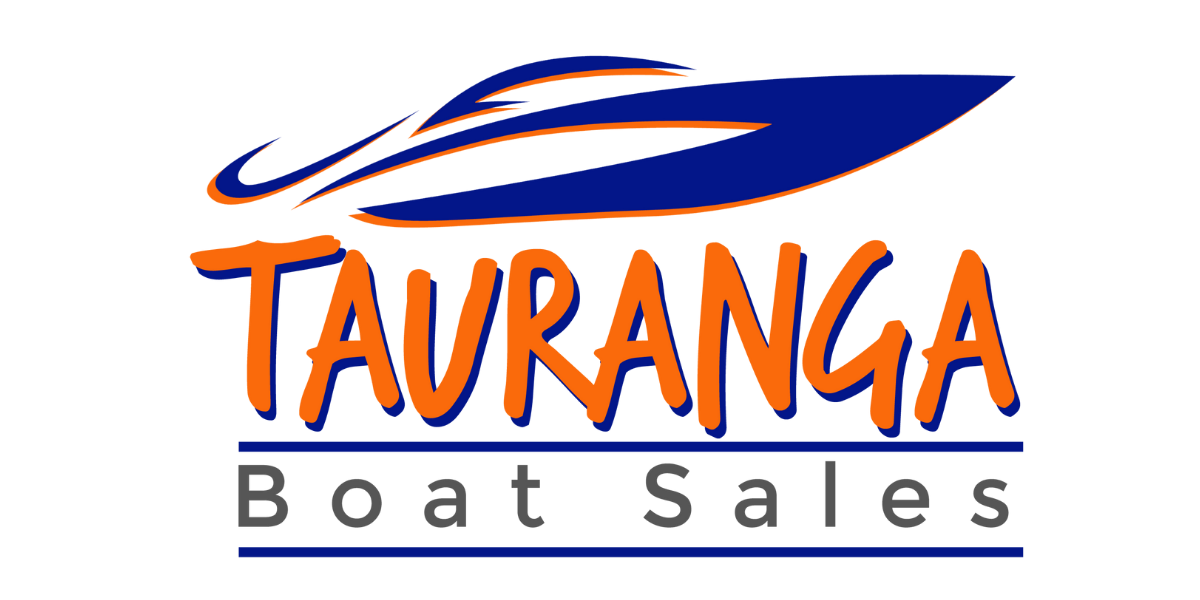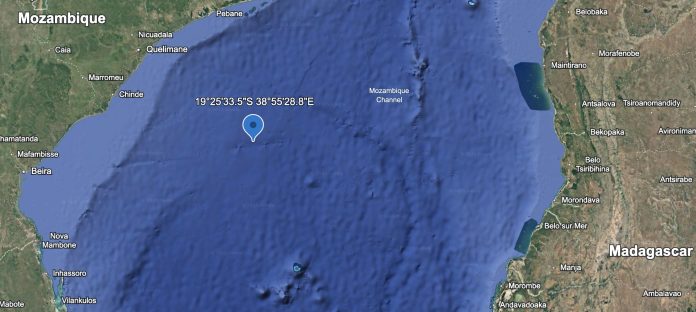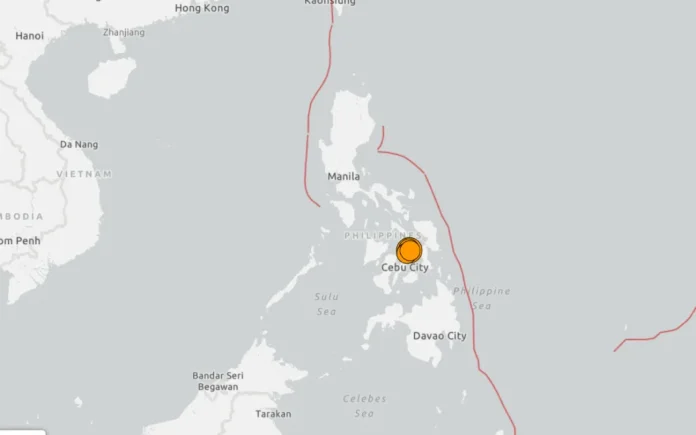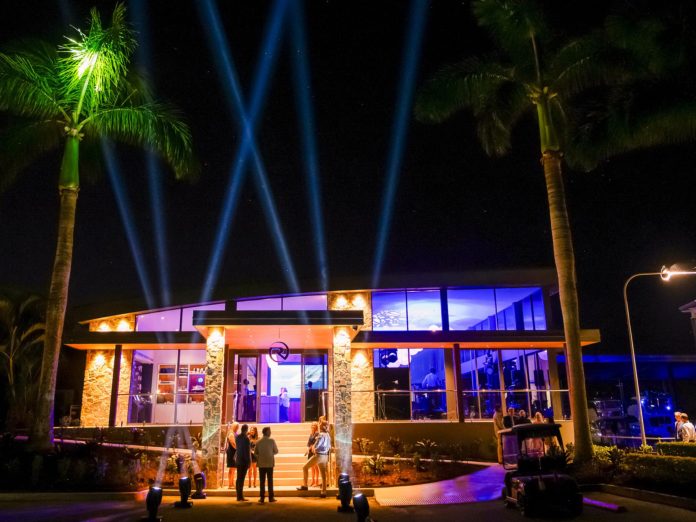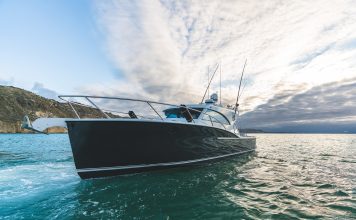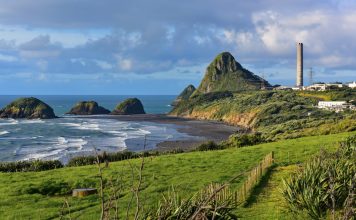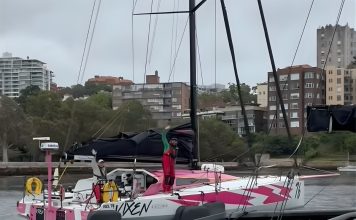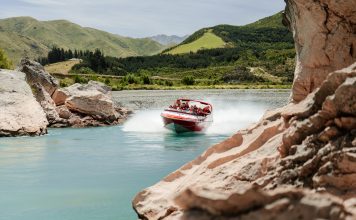The Great Loop is a voyage like no other — a continuous circuit of waterways encircling the eastern United States and dipping into Canada. It threads together the Atlantic coastline, the Gulf Intracoastal Waterway, the Great Lakes, centuries-old canals, and the winding inland rivers of America’s heartland.
It’s an adventure that swaps ocean swells for rivers and canals, and long bluewater legs for a tapestry of sheltered passages, historic harbours, and big-sky freshwater lakes. You can start anywhere on the loop, and when you return to that same point, you’ve “crossed your wake” and joined the club of official “Loopers.”
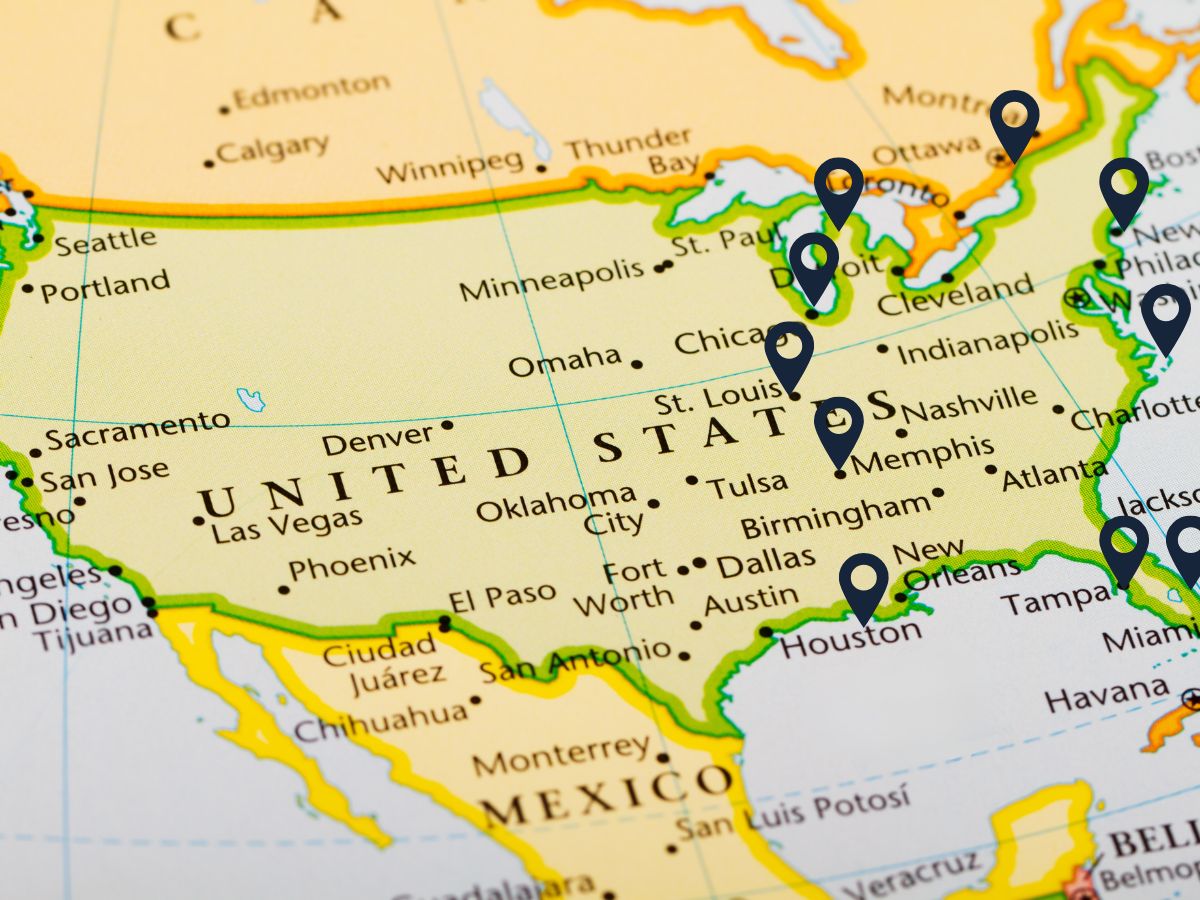
A voyage in step with the seasons
Most cruisers follow the loop counter-clockwise, moving with the river currents and keeping pace with the weather.
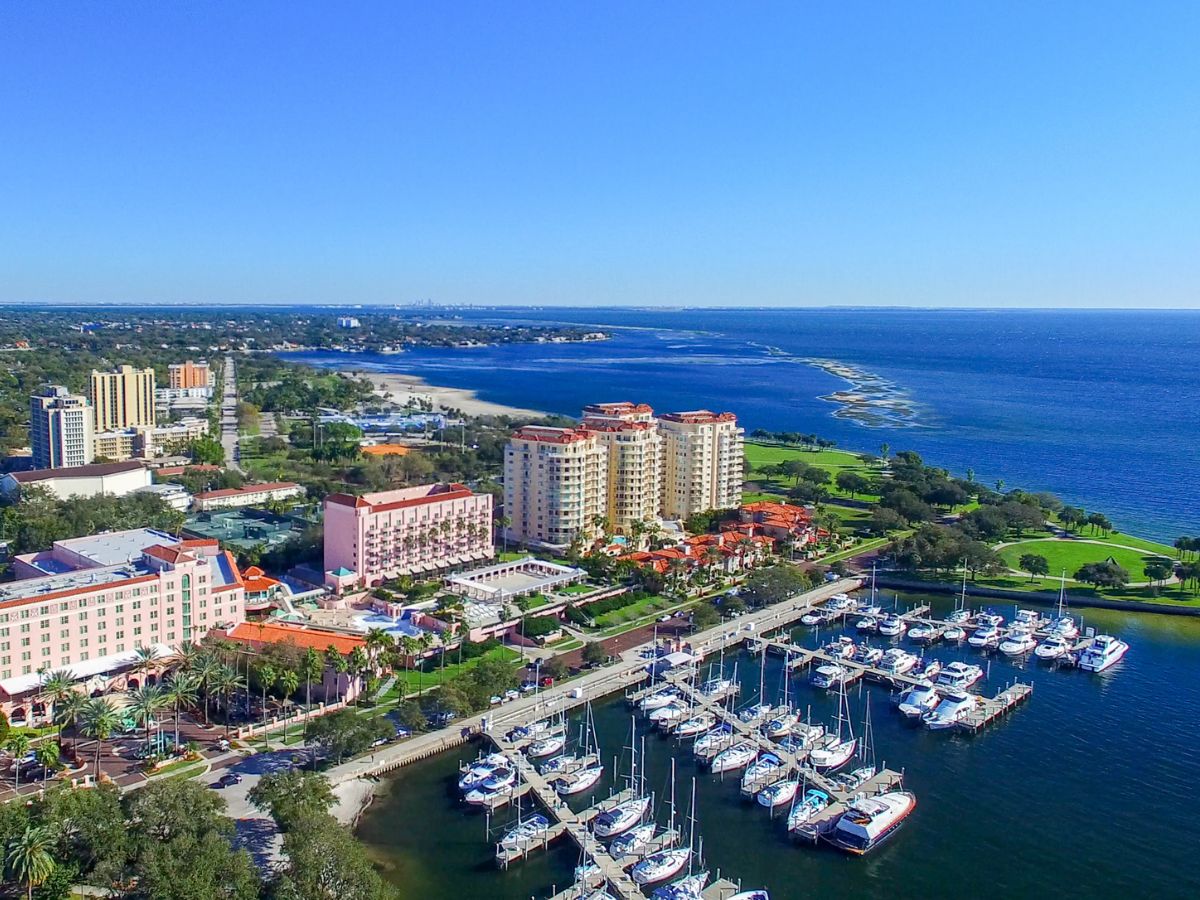
In spring, boats set off from Florida, heading north up the sheltered Intracoastal Waterway past saltmarshes, barrier islands, and small fishing towns. Here, you’ll see an eclectic mix of vessels: compact trawlers with spacious saloons and easy live-aboard layouts; sleek cabin cruisers designed for covering ground faster; and the occasional sailboat travelling “demasted” to pass under the fixed bridges. A few power catamarans appear too, their broad decks offering space and stability for the months ahead. You might well encounter a De Mey, Grand Banks, Maritimo, Nordhavn, Rayglass, Riviera, or Salthouse — and many others — each designed and built to excel on both coastal passages and inland waterways.
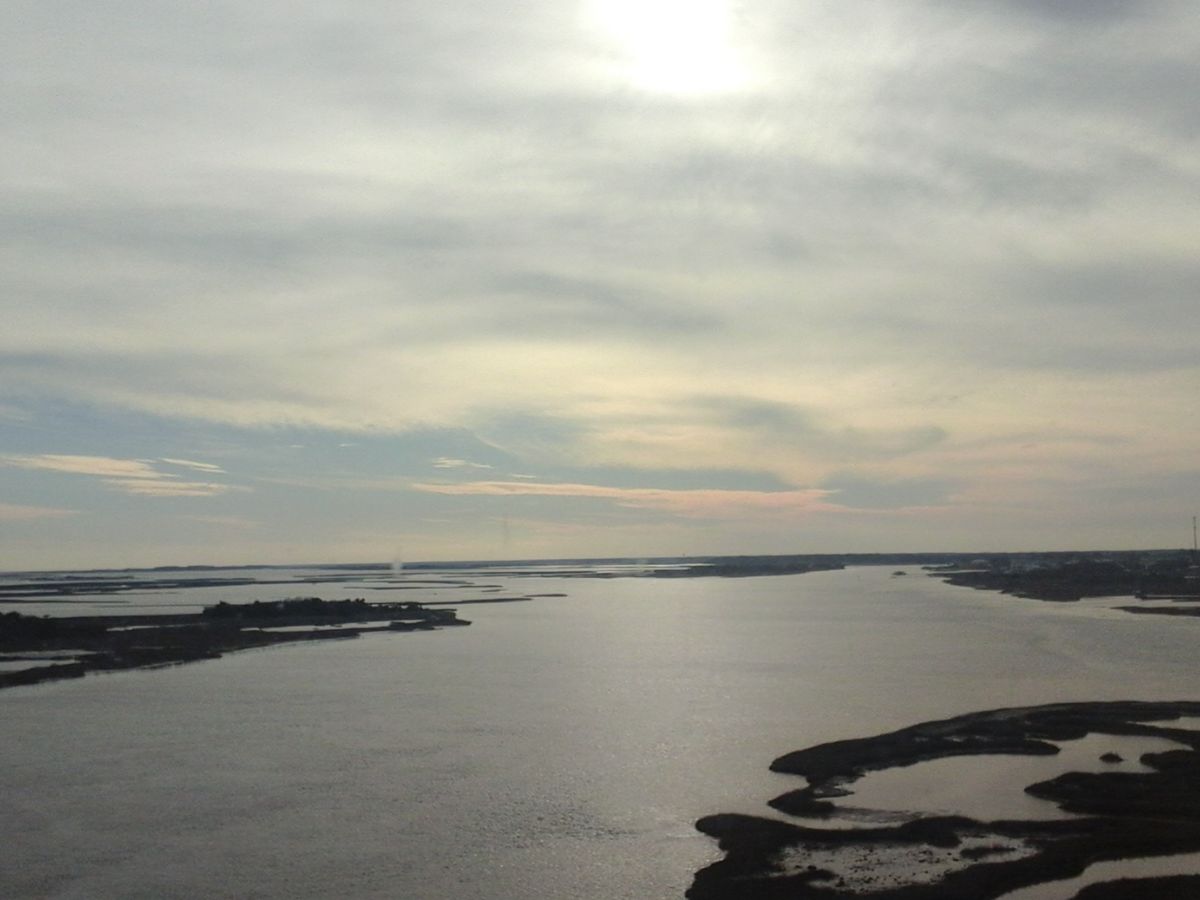
By early summer, the route winds through Chesapeake Bay — an enormous estuary dotted with quiet anchorages and towns that feel unchanged for generations. A trawler might be rafted alongside a classic motor yacht at a dock, both crews sharing a crab feast while swapping notes on tomorrow’s run. Then it’s on to New York City, arriving by water to a skyline that towers above your deck. From there, the journey turns inland, following the Hudson River to the historic locks of the Erie Canal or north to Canada’s heritage canals.
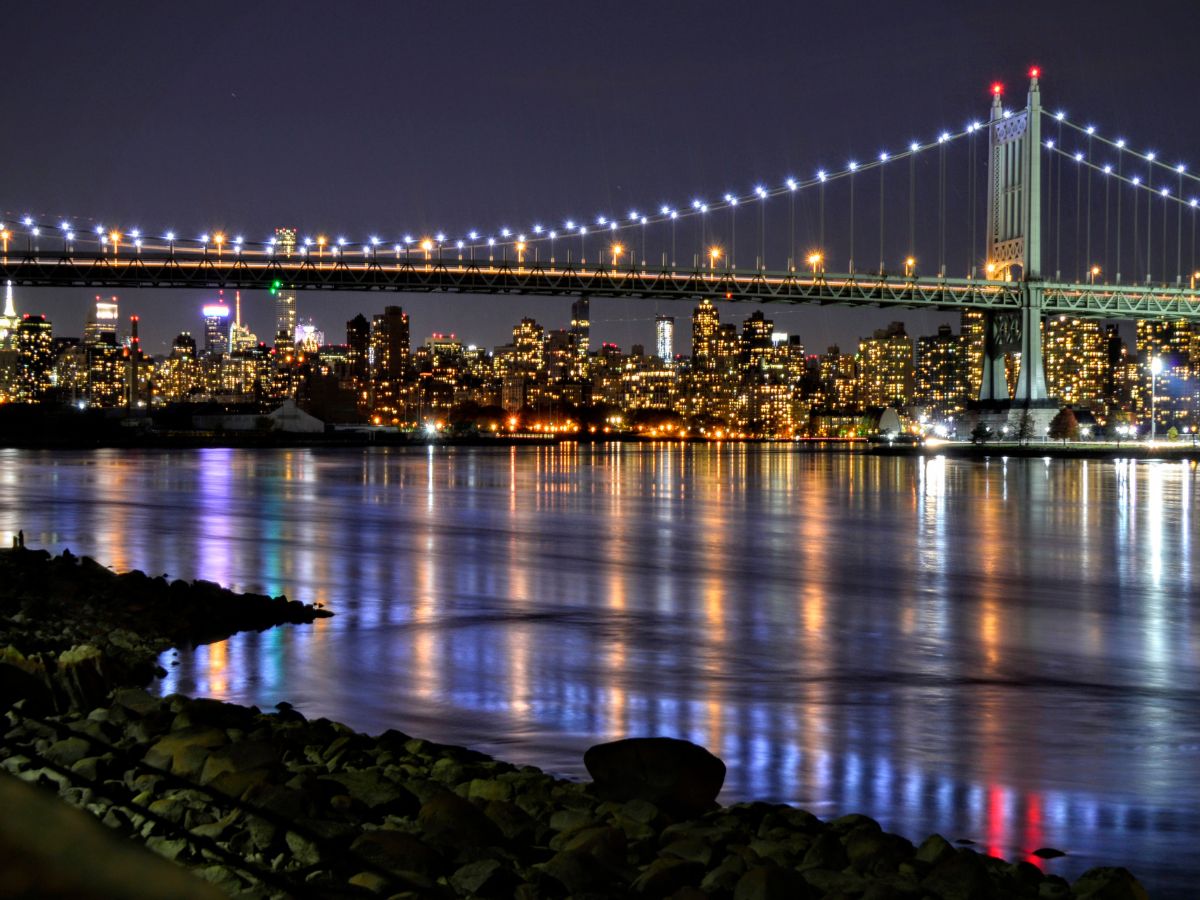
The Great Lakes summer
Summer belongs to the Great Lakes, where the distances stretch and the water turns glass-clear. Many loopers here choose boats with enclosed flybridges or pilothouses, giving shelter from cool breezes without losing the view. You can explore Sleeping Bear Dunes, climb 140 metres above Lake Michigan, or weave through the granite islands and sheltered coves of Lake Huron’s North Channel.
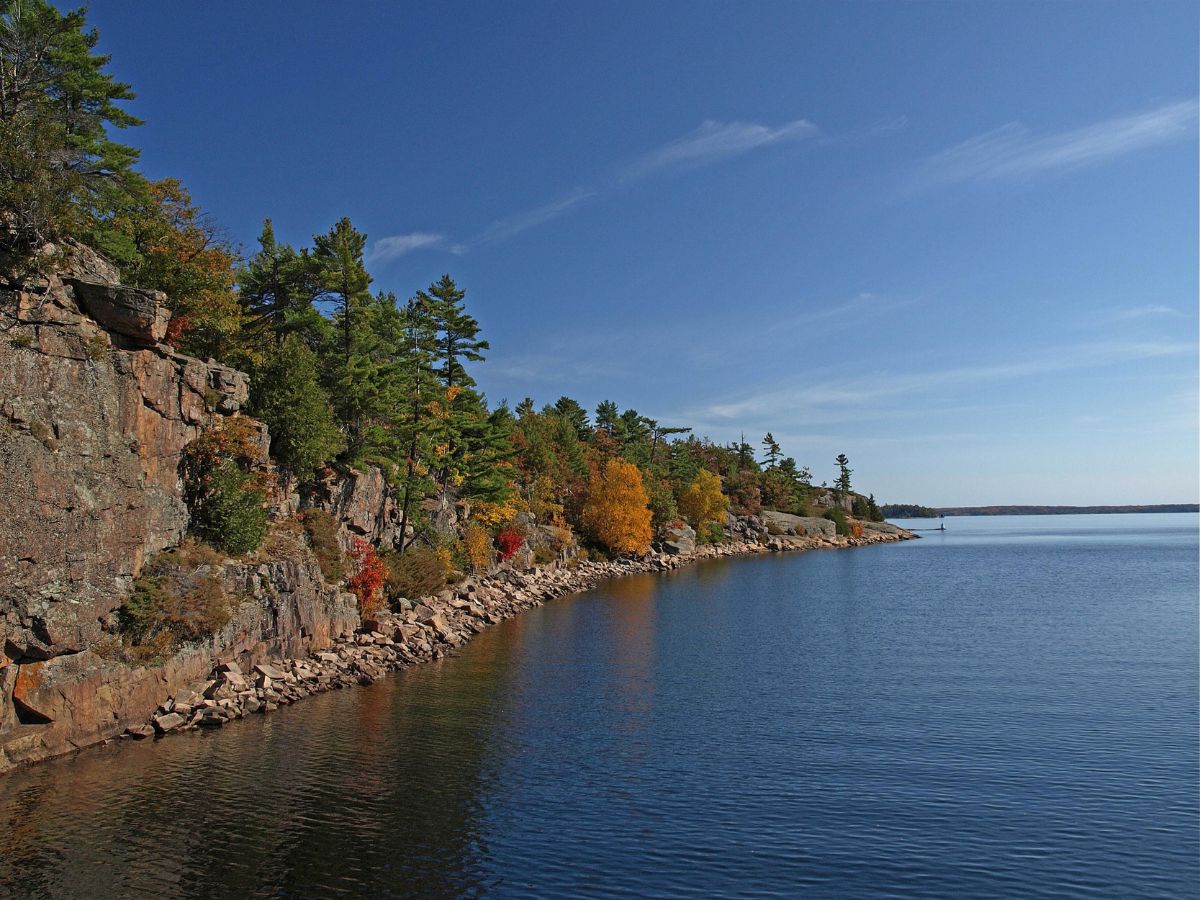
Thunder Bay, on Lake Huron, offers a marine sanctuary full of shipwrecks — perfect for divers and snorkellers — while Mackinac Island, with its horse-drawn carriages and ban on cars, feels like a step back in time. In busy harbours, fleets of Looper boats mingle with local weekenders, a moving mix of trawlers, express cruisers, and the odd hardy sailboat flying a white burgee.
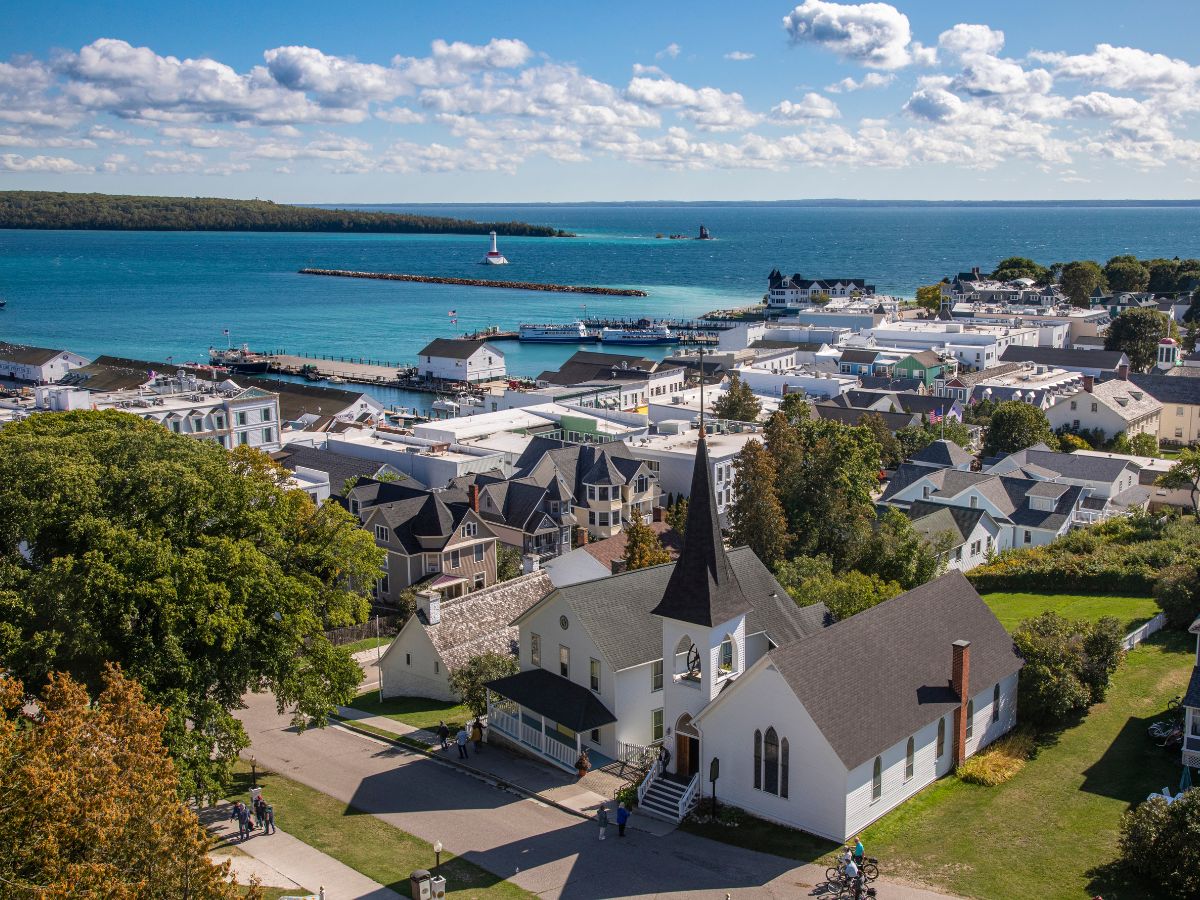
Southbound through the rivers
By autumn, the course bends south again, down the Illinois River and into the wide sweep of the Mississippi, or more often along the Tennessee-Tombigbee Waterway. Here, the pace slows. The waterways narrow and tree-lined banks close in, the air scented with pine. On calm mornings, reflections of trawlers and cabin cruisers ripple across the water as they make their way to the next lock.
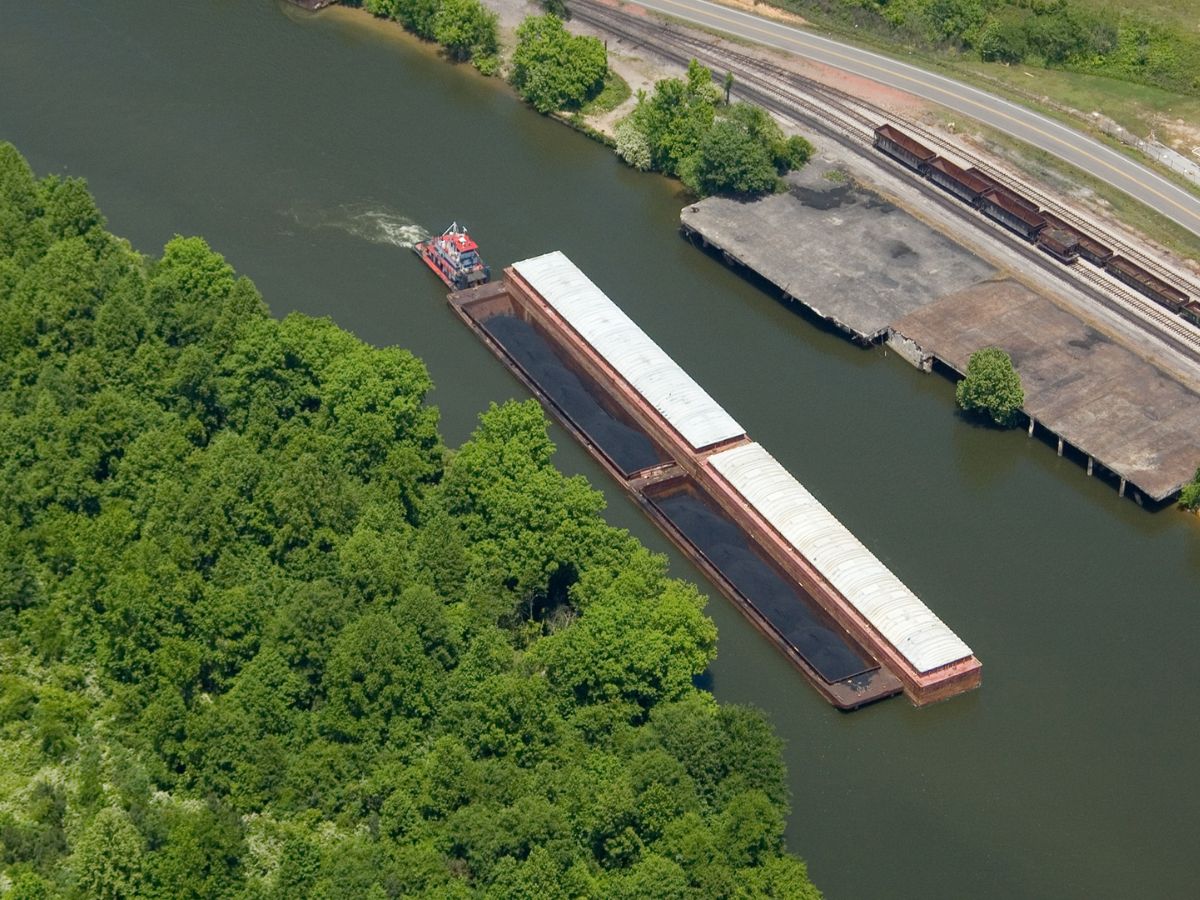
Small river towns offer tie-ups, southern cooking, and conversations on the dock that stretch into the evening. It’s here that the Loop’s community spirit shines — sailors and powerboaters alike lending a hand with lines, sharing local knowledge, and sometimes deciding to travel in company for a few days.
The winter loop
Winter brings the loopers to the warmth of the Gulf Coast and Florida Keys — pastel sunsets, coral reefs, and harbours lined with tiki bars and live music. The range of boats here is as varied as the people: from compact single-screw trawlers to luxury motor yachts with crews aboard. Some cruisers pause for weeks, exploring the Keys’ reefs and sandbars, while others push on, aiming to complete the circuit before the heat of summer returns.
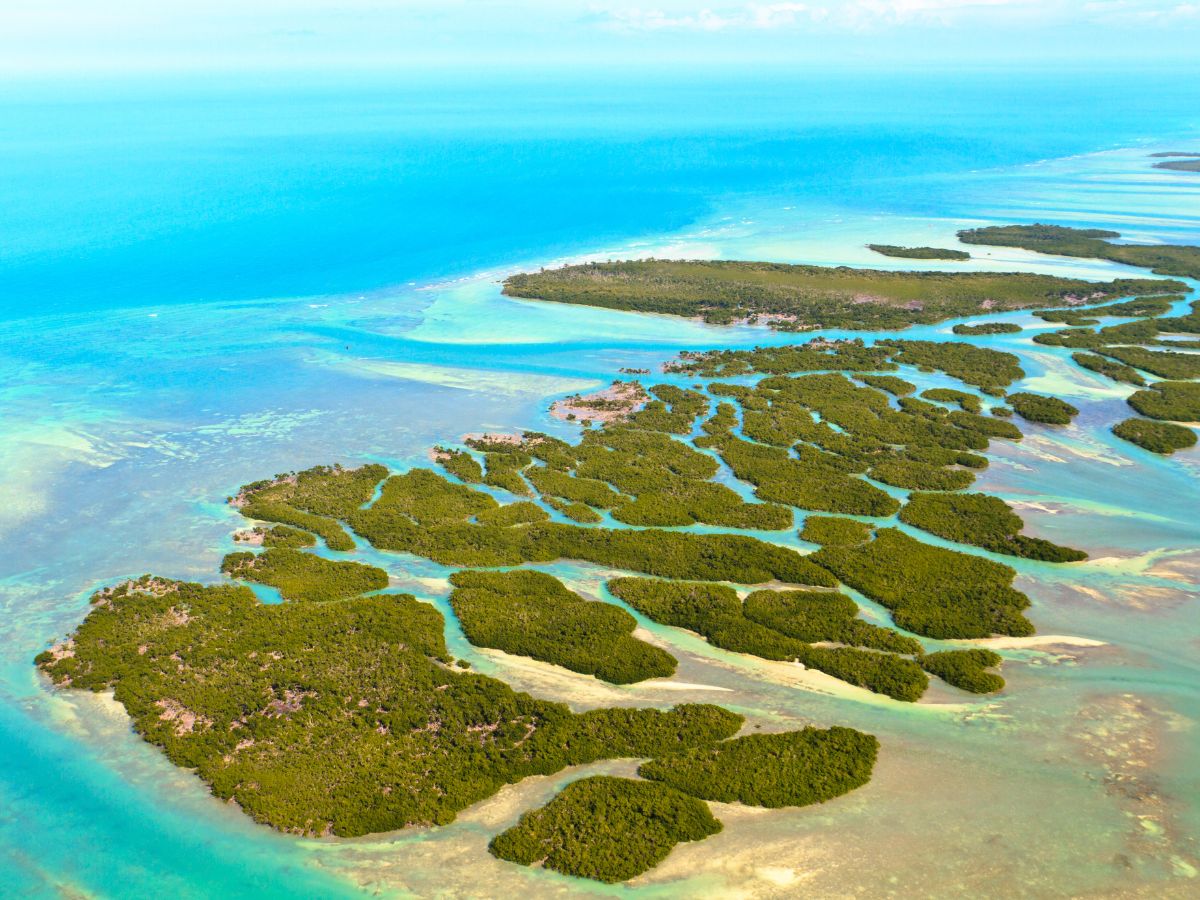
From here, the route begins the slow turn north again, up the Atlantic Intracoastal Waterway, past the tidal marshes of Georgia and South Carolina, the historic charm of Charleston, and the maritime heritage of the Chesapeake, before repeating the seasonal cycle.
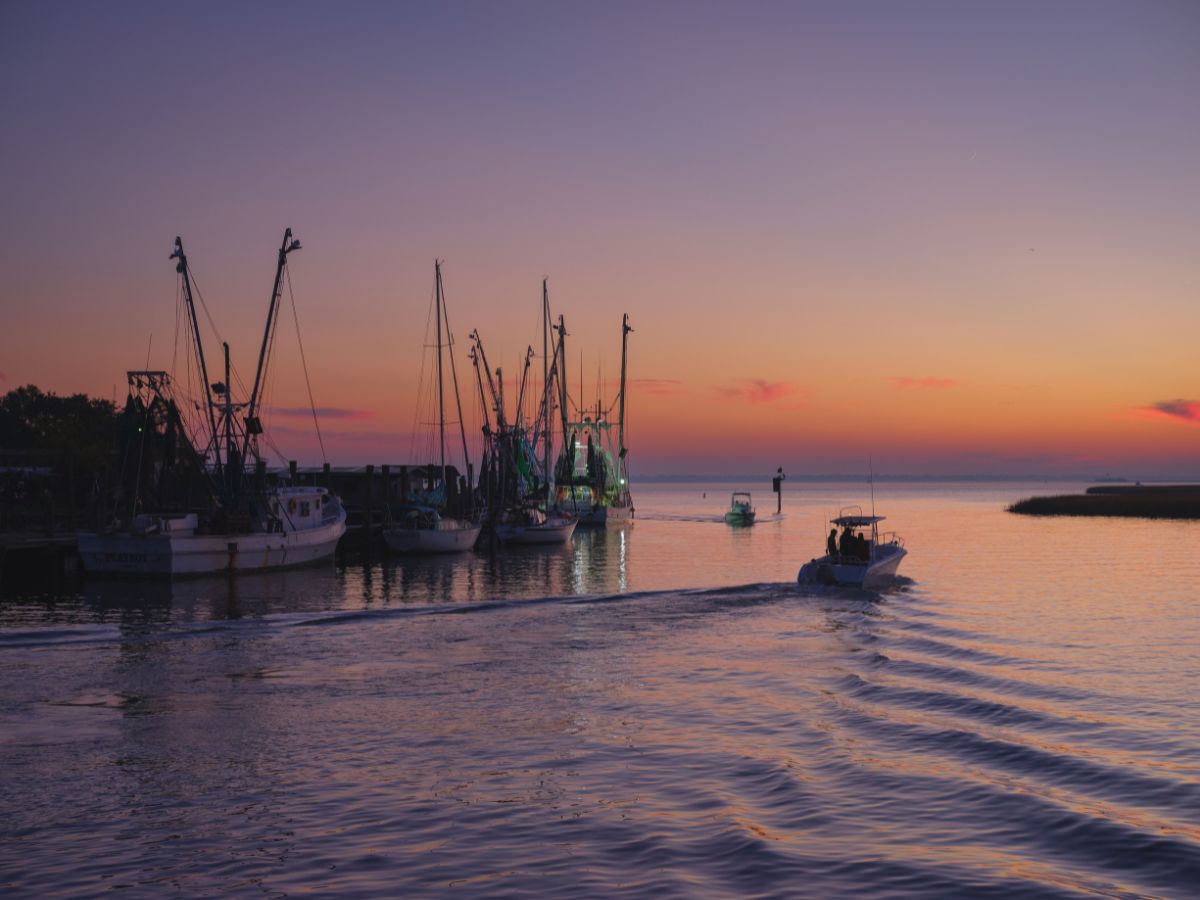
Sights and experiences along the way
The Florida Keys
This island chain is the Loop’s tropical playground — a ribbon of coral and sand stretching into turquoise water. Drop anchor in a quiet bay off Islamorada and snorkel over living coral gardens alive with parrotfish, angelfish, and the occasional cruising ray. Or head for Key West, tie up in the marina, and wander past pastel cottages, Hemingway’s former home, and streets alive with music until the sun dips into the Gulf in a blaze of orange and gold.
Charleston, South Carolina
Here, every step along the cobbled streets tells a story. Antebellum mansions stand watch over the waterfront, their verandas shaded by centuries-old oaks draped in Spanish moss. The marina is a short stroll from bustling markets, seafood restaurants serving shrimp and grits, and Fort Sumter, where the first shots of the American Civil War were fired. Evenings bring the scent of jasmine on the breeze and the glow of gas lamps along the promenade.
Chesapeake Bay
One of the world’s great estuaries, the Chesapeake is a vast, sheltered cruising ground with more than 11,000 miles of shoreline. Here you can drop into working oystering towns where skipjacks — traditional sailing dredge boats — still ply their trade. Anchor in quiet creeks fringed with marsh grass, or follow winding rivers to colonial-era towns like St. Michaels and Oxford, where brick sidewalks lead to harbourside inns. The seafood here is legendary — blue crabs steamed in Old Bay seasoning are a must.
New York City by water
Arriving in Manhattan by boat is unforgettable. The skyline rises like a wall of glass and steel, and the Statue of Liberty greets you as she has generations of mariners. Cruise up the Hudson past Ellis Island and the iconic bridges, then tie up at a marina where the city hum is just steps away. Spend a day exploring world-class museums, Broadway shows, and rooftop bars, then return to your deck to watch the lights of the city shimmer across the water.
Erie Canal
Built in the early 1800s, this engineering marvel links the Hudson River to the Great Lakes through a network of locks and quiet, tree-lined stretches. Friendly lockmasters chat as they guide you through, and small canal-side hamlets invite you to tie up for the night. Walk to local diners, explore old towpaths now turned into bike trails, and soak in a pace of life that hasn’t changed much in two centuries.
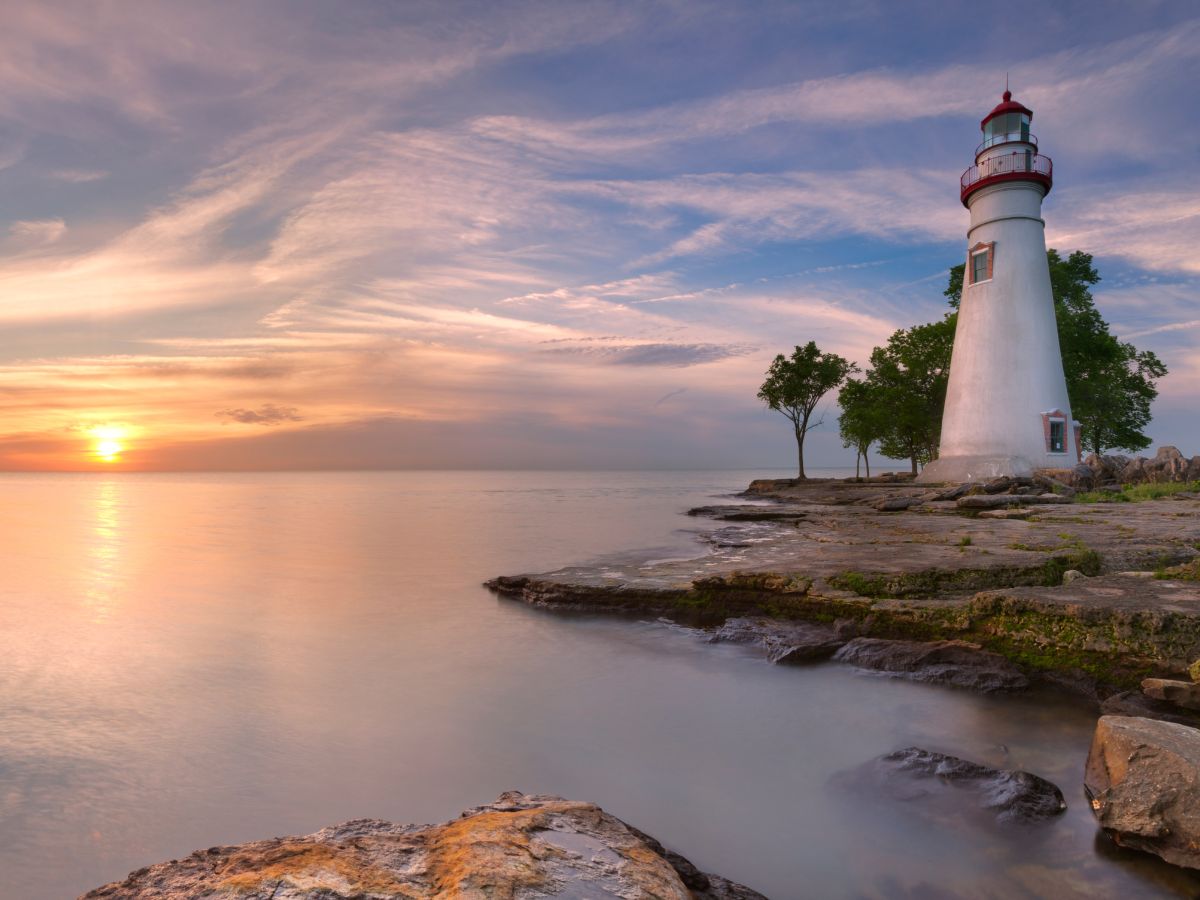
The Great Lakes
These are inland seas — vast enough that you can lose sight of land, yet fresh enough to swim without a hint of salt. Each lake has its own character: Michigan with its towering Sleeping Bear Dunes; Superior with its rugged cliffs and hidden coves; Huron with its Georgian Bay islands and rock-lined passages. Visit Mackinac Island, where no cars are allowed, and bicycles and horse-drawn carriages carry visitors along waterfront paths lined with fudge shops and Victorian inns. Lighthouses, some still in service, stand sentinel over sandy bays and rocky headlands.
North Channel, Lake Huron
Often called one of the world’s finest freshwater cruising grounds, the North Channel is a boater’s paradise of crystal-clear anchorages and forested islands. Drop a hook in a secluded cove, paddle ashore to hike granite ridges, or simply sit on deck and watch the light play across the water. It’s not uncommon to spot eagles overhead — or even a black bear swimming between islands.

Tennessee River & Tombigbee Waterway
This section of the Loop trades wide-open lakes for winding rivers flanked by forested hills. In autumn, the trees burst into a blaze of red, gold, and amber, their reflections doubling the colour in the water. The route passes through small southern towns where you can dock right in the centre and walk to barbecue shacks, farmers’ markets, and historic courthouses. The locks here are wide and deep, lowering you gently to the next stretch of river like an elevator to another world.
Mississippi Delta & Gulf Coast
This is where the Loop takes on a distinctly southern flavour. Cajun and Creole cooking fills the air with the scent of gumbo and jambalaya. Jazz drifts from open doors in New Orleans, mixing with the sound of lines being tied in busy harbours. Wide bays and barrier islands invite exploration by dinghy or kayak, and the sunsets are long, slow affairs — the horizon glowing as shrimp boats head out for the night.
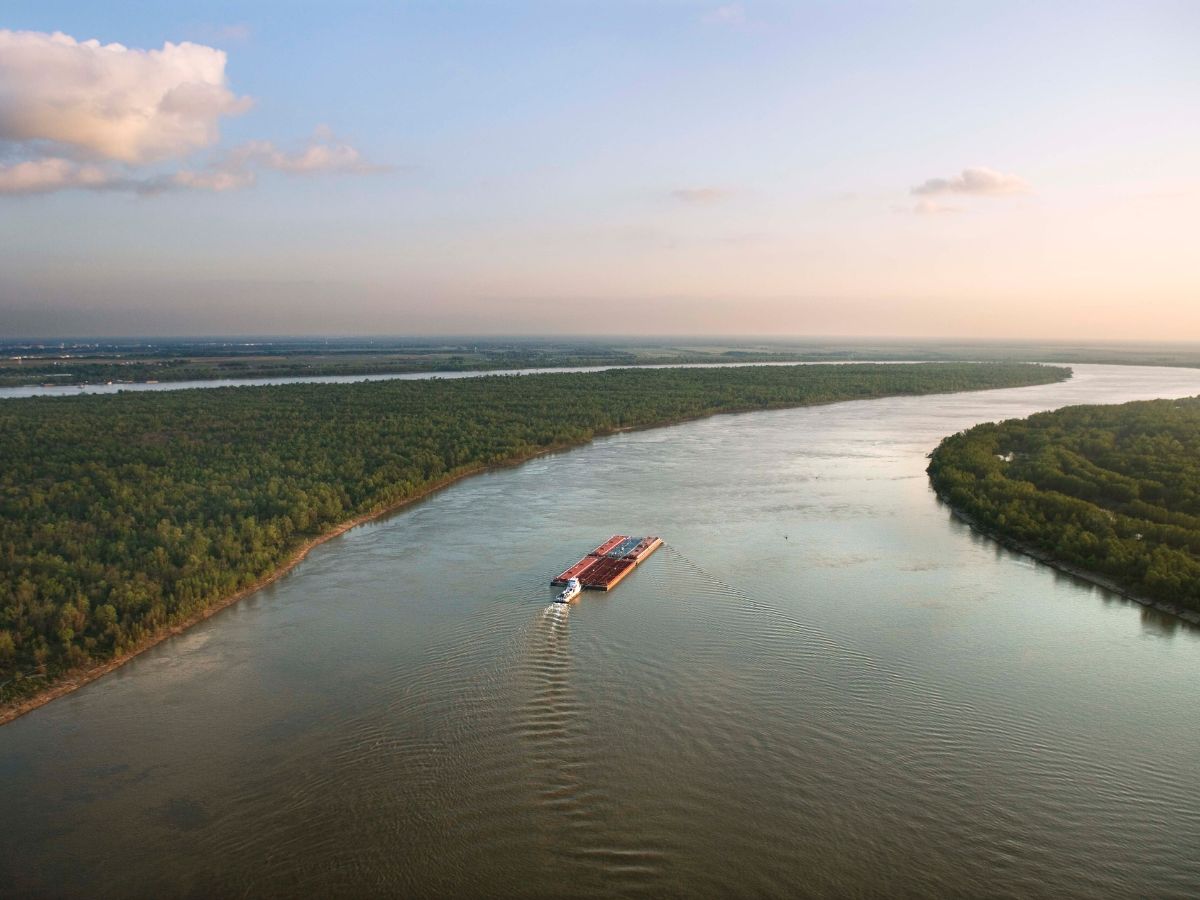
Life on the Loop
The Great Loop isn’t a race. Most cruisers travel 50 to 60 miles a day, stopping often to explore. Days begin with coffee on deck and a glance at the weather forecast; they end with a sundowner in a marina, rafted up with other loopers swapping stories and tips.
Check out this great write up of The Great Loop from Maritimo.
Making friends is part of the draw. Boats on the loop fly a white burgee; those who’ve completed the circuit fly gold. Along the way, friendships form that can last long after the wake has flattened behind you.
Some will tell you the joy is in ticking off the miles. Others say it’s the moments in between — tying up in a riverside town and being invited to a local festival, spotting bald eagles wheeling overhead, or navigating a narrow canal lock with only inches to spare.
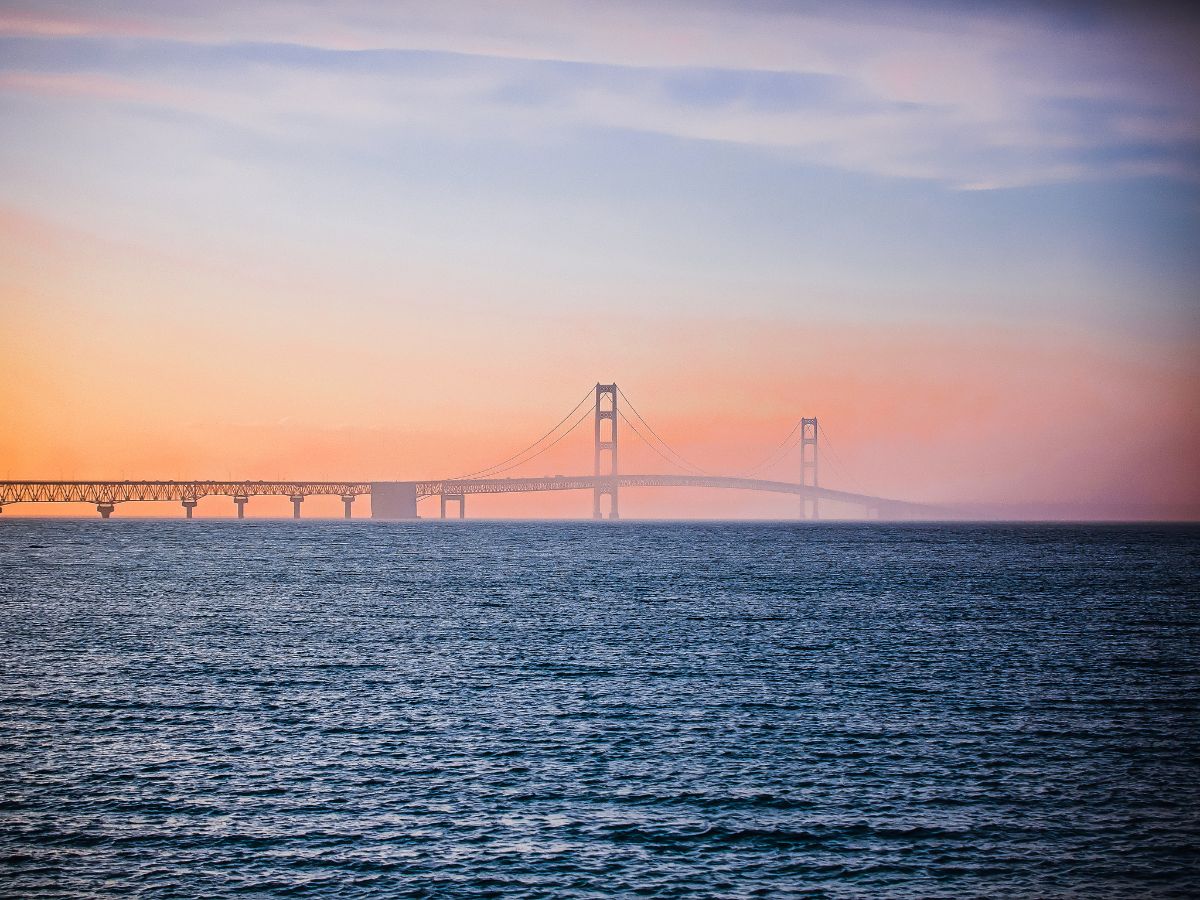
The allure
The Great Loop blends history, geography, and a steady stream of new horizons. You’ll pass from saltwater to freshwater and back again, cross international borders, and see the continent from a perspective that road travellers never will.
Check out this great article about getting ready for The Great Loop by Riviera.
It’s a journey that reshapes your sense of scale. Rivers that seem small on the map stretch for days; lakes have horizons that could be mistaken for the sea. And the constant variety — urban skylines, quiet marshlands, rugged cliffs, and warm tropical harbours — makes every week feel like a new chapter in the same grand voyage.








